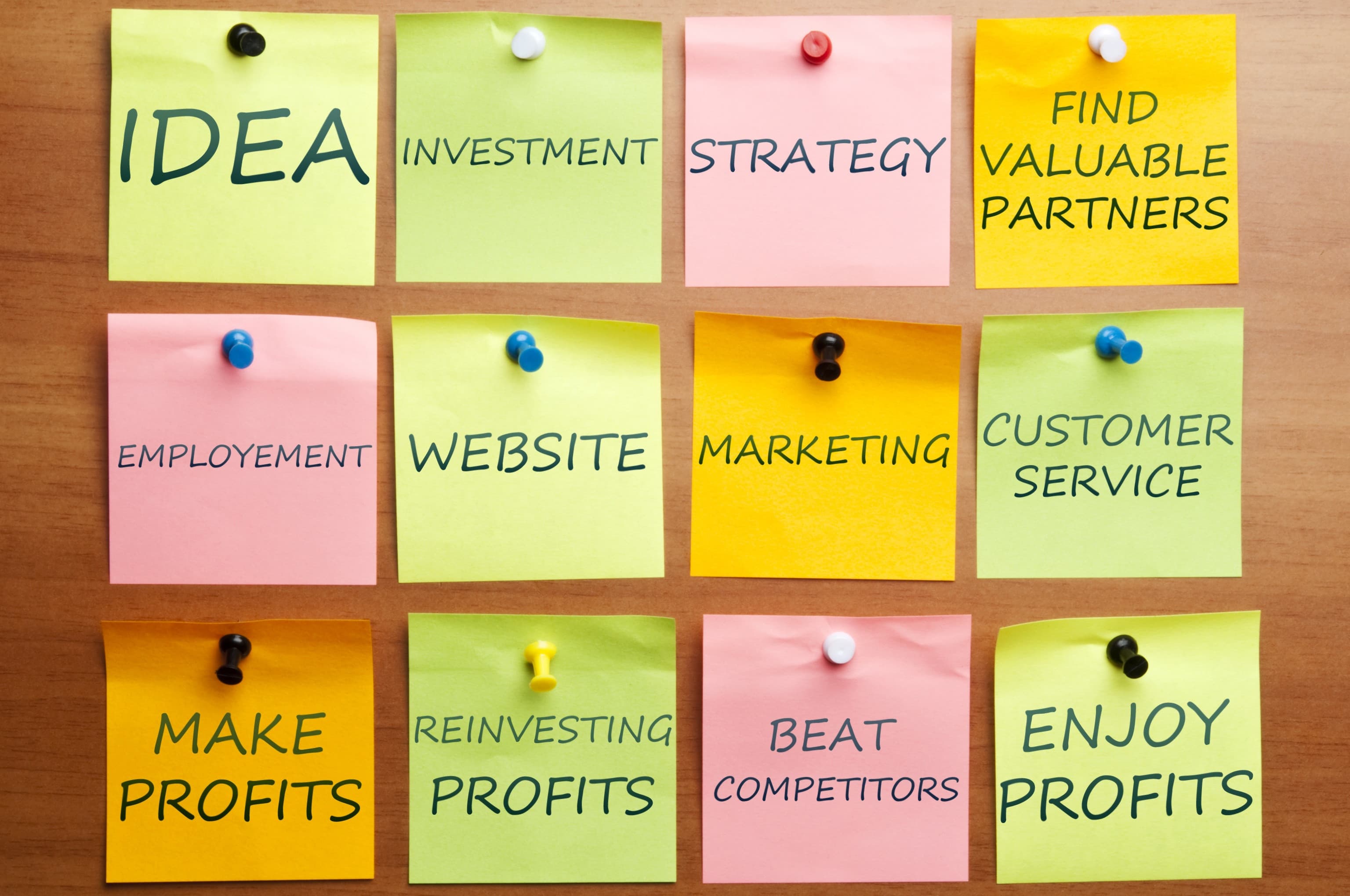CMS Implementation Checklist
5 stars
Scores 4.80 with 313 votes

Views
204
Views: 204
Uses
22
Uses: 22
Tasks
47
Tasks: 47
Introduction
Our CMS Implementation Checklist is designed to guide you through each critical step of the content management system rollout. From assembling your implementation team to developing a comprehensive content management policy, this template covers all necessary tasks to ensure a smooth and effective implementation process. Utilize our Checklist App to save and customize the template, enabling you to track progress and collaborate seamlessly with your team. Sync across devices for real-time updates, making sure everyone stays on the same page throughout the project.
- At least one high-level manager to give you executive input and buy-in.
- For departmental input and prioritization.
- Guidance for high-level technical decisions.
- Committee member who communicates directly with any related vendors.
- Someone who is not directly involved with implementation, for improved perspective.
- Represents customer concerns in strategic decisions.
- Helps to make sure that your new site does not set you up for legal problems.
- A team leader who can talk to various parties and drive the project.
- Business unit experts who will develop the individual CMS pages and posts.
- Someone with an eye for detail and aesthetics to make your website appealing and user-friendly.
- Maintain regular contact with your CMS vendor contact for training and guidance.
- How will you run your project? Waterfall? Scrum?
- Determine the overall goals of your CMS implementation project.
- Build a catalog of all known tasks that need to be completed.
- Develop a rough idea of how long each task will require to complete.
- Determine which tasks are foundational to success and prioritize them first.
- Determine the relative importance and risk of remaining tasks.
- Group tasks to be done by related functionality and to fit into your implementation time blocks.
- Decide how and when you will communicate with project stakeholders.
- Agree on mechanisms for tracking project progress.
- When do you need to have the entire project completed?
- When can work on CMS implementation begin?
- What major tasks do you need to have completed by which dates to stay on track?
- Complete your schedule with grouped, prioritized tasks until all available time is filled.
- Are there tasks that did not fit into your schedule? Do you need to re-prioritize?
- Make the implementation schedule available to all members of the implementation team and oversight committee.
- Who will be allowed to create content on the new site?
- What design standards with content creators need to follow?
- What type of content is appropriate (or not appropriate) for the site?
- What types and sources of images will be used on your site?
- Will you include social media components in your site content?
- Complete the foundational, high-risk tasks.
- Does the foundation function as you expected?
- Build on the CMS foundation by completing other tasks in priority order.
- Does your site perform correctly, and does it look the way you want?
- Meet regularly with the implementation team to make sure that you are on track.
- Meet regularly with the oversight committee to report progress and get feedback.
- Adjust your project plan as organizational priorities shift.
- Review and adjust content policy as your site takes shape.
- Engage administrative users to make sure they can use the new CMS efficiently.
Details
Content Management System (CMS) Implementation Checklist Tips
- If possible, market testing your site and design as you build it can be very helpful in solidifying your content management system implementation. Customer feedback about visual appeal, navigability, and usability can help you head off major problems down the road.
- While modern CMS software makes it easy to build nice looking websites, enlisting a web design professional early in the process can help you produce a more polished and better-performing final product.
- Developing a clear content policy near the beginning of your project will help you focus your design and implementation efforts, and it will also inform your training material later on. A solid, consistent policy also helps maintain a consistent voice and look-and-feel as your site evolves, and it can help avoid undesirable posts from popping up.
- While the ultimate design of your new CMS site is up to you and your organization, it is generally best to avoid adding in too many complicated features. Especially since the advent of nearly ubiquitous mobile computing, most of the best and well-read websites maintain a simple and elegant design.
Suggest Improvements
Rate this Checklist
5 stars
Scores 4.80 with 313 votes







